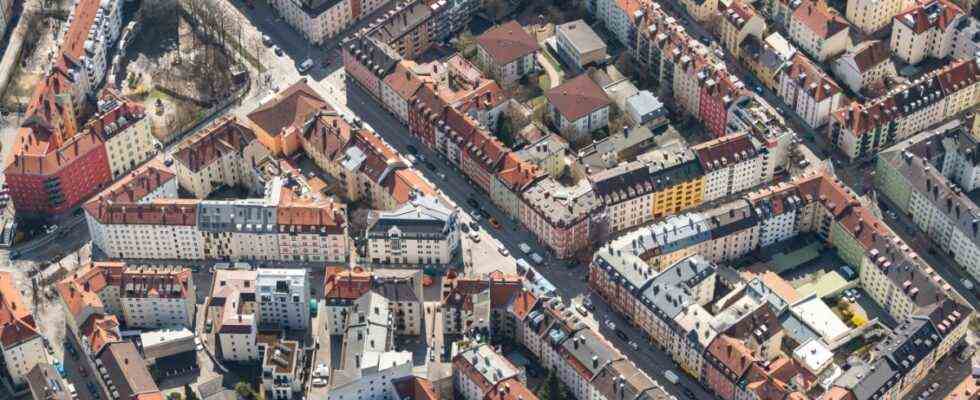If you want to buy a semi-detached house in Starnberg, you don’t have to pay more than a year before. In Ebersberg, on the other hand, the price for a comparable property has risen by four percent since 2020. So is living by the lake cheaper? Or is it more expensive to live on the edge of the forest? No and yes. Because as far as Starnberg is concerned, it remains the most expensive district town around Munich. The price structure for property as well as for rent has leveled off at the level of the state capital. But it is not getting cheaper in the other counties either. That is the result of the real estate report for the Munich area, which the Real Estate Association Germany South (IVD) presented on Monday.
The reason why the prices are stagnating in Starnberg is due to the fact that even in an exclusive area the wealth of the residents has limits. “The purchasing power limit in this region has been reached,” says broker Andreas Hammerl. For him it is hardly surprising that even for a semi-detached house 1.8 or 1.9 million euros are called for. Living on the edge of the Ebersberger Forest, however, remains comparatively cheap. The head of the IVD market research institute Stefan Kippes explains the above-average rate of inflation in the district town in the east of Munich by stating that the price level has been rather cheap in recent years and is now simply catching up.
So in the end, there is no good news as far as the development of house prices is concerned. “The market knows no minus signs,” says Kippes. The upward trend has continued uninterrupted in all district towns in the Munich suburbs since 2016. Compared to the previous year, the purchase prices in addition to Ebersberg, especially in Dachau, Erding and Fürstenfeldbruck, have increased significantly in some cases. If you want to buy a condominium, you have to pay around 5080 euros per square meter in Dachau, 5350 euros in Erding, 5210 euros in Ebersberg and 4790 euros in Fürstenfeldbruck. For comparison: If you dream of a condominium in Munich, you have to put an average of 8,150 euros per square meter on the table.
For renting an apartment or a house, more money also goes to the owner’s account. In Munich, rents for over 90 percent of all properties are now 15 euros per square meter and more. In Dachau, too, in the first half of this year 43.8 percent of rental properties cost at least 15 euros per square meter. Only in Erding and Ebersberg, on the other hand, are over half of the rents at prices between nine and eleven euros. But here, too, the trend only has one direction: upwards.
Market researchers justify the fact that living outside of the big city is becoming more and more expensive with the new desire for country life. Corona has brought the region into focus. “We are registering a veritable flight from the city,” says broker Hammerl. With the increased work in the home office, people wanted to go out into the green. It is therefore not surprising that the first three questions about an object always include inquiries about the Internet connection. A garden or balcony and a study are also important.
For commuters, the importance of the route from home to work will be less important in the future because of the home office, says Dachau broker Stanko Cvijanovic. Like his colleague Karl Kainz in Erdingen, he realizes that people are drawn further and further. “Anyone who only has to go to the office in Munich once or twice is more likely to accept a longer journey for a cheaper rent,” says Cvijanovic. In the district of Dachau this is shown by the increased demand in Markt Indersdorf or Petershausen, in Erding the trend is even going towards Mühldorf.
For the next few years, market researchers do not expect any relaxation in prices. “The building site is missing,” says IVD-Süd boss Kippes. Larger projects such as in Fürstenfeldbruck and Erding on the respective air base or on the area of the former MD paper mill in Dachau, where several thousand people can move in, took years to complete. Many municipalities tried to take countermeasures. However, mostly smaller properties are realized in cooperation with housing associations. “In the current situation we have to be grateful for that,” says Kippes.

